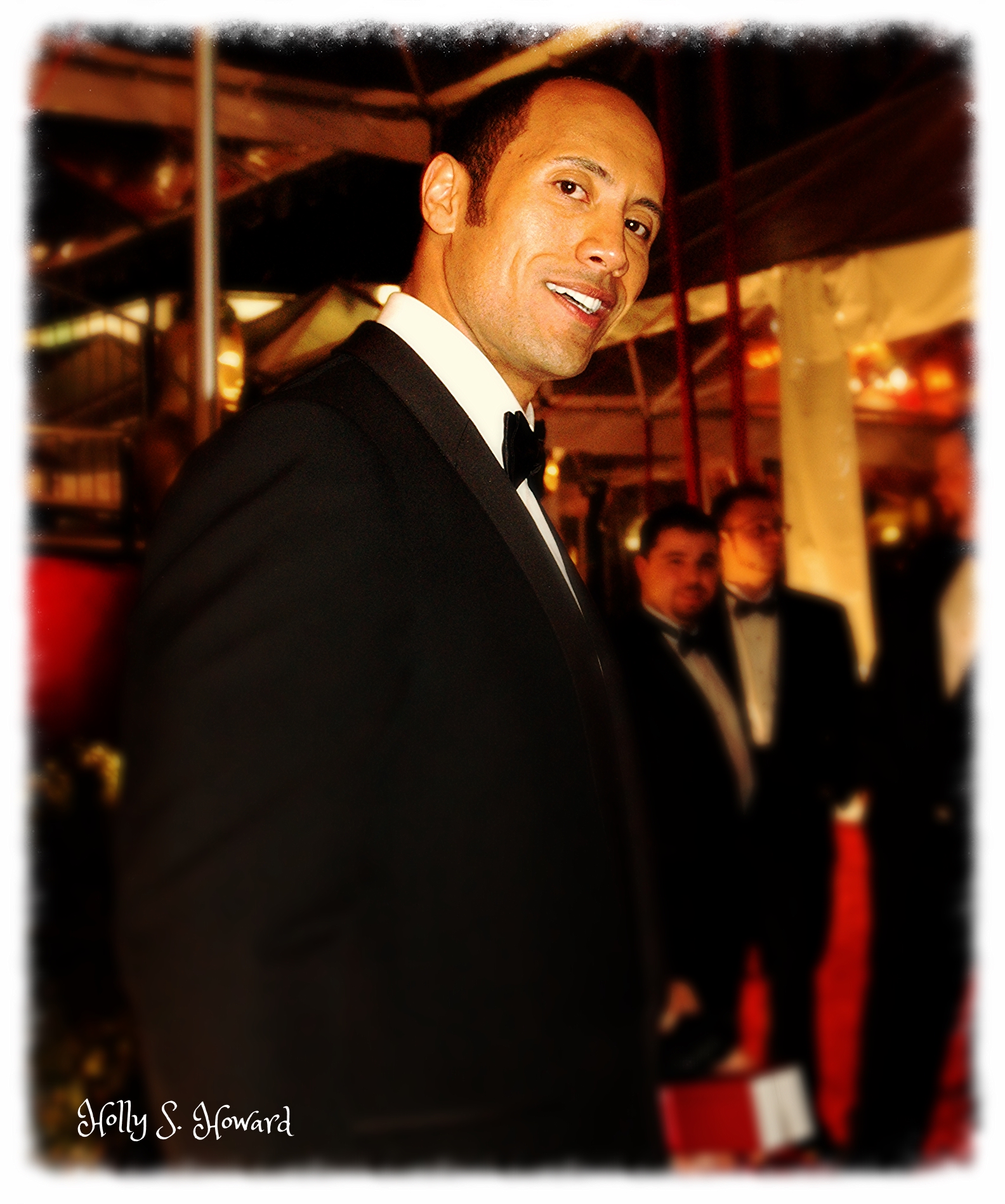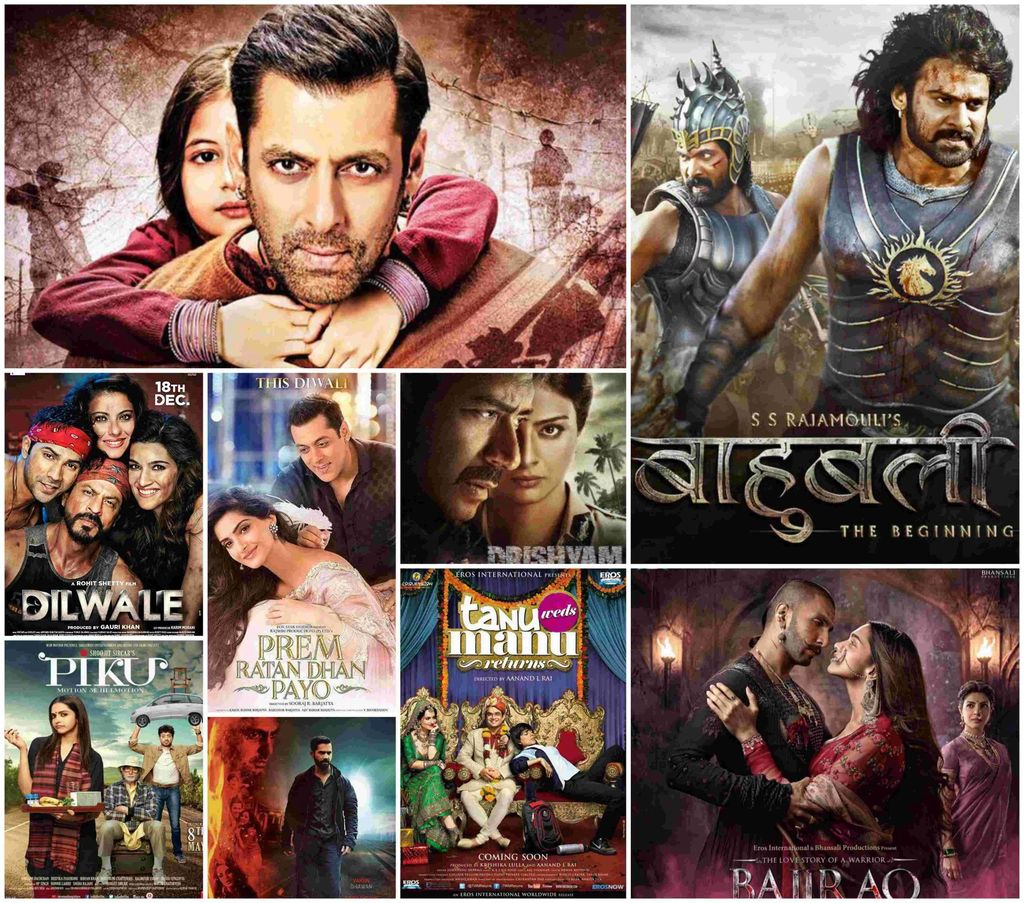
The world of cinema is a fascinating, often unpredictable landscape where artistic vision doesn’t always align with immediate commercial success. We’ve all seen blockbusters crash and burn, but what about the masterpieces that were simply too ahead of their time? These are the films that studio executives write off as lost causes, the ones that clear out of theaters faster than you can say “opening weekend,” yet somehow, through the magic of home video, word of mouth, and sheer stubborn persistence, they find their way into our hearts and never leave.
Box office numbers, while often considered the most important aspect of a movie’s journey, truly only tell one part of its complex story. Over the years, many movies have not been successful in theatrical release but are still enjoyed by many every time they appear on screen. These late bloomers fail initially for a myriad of reasons, whether it’s bad timing for the release, being too bold or edgy for the mainstream audience at the time, or perhaps just plain poor marketing.
Yet, despite these initial commercial struggles, many of these underdogs rose from the ashes to become undeniable cult classics. Thanks to home video, TV reruns, and the passionate dedication of die-hard fans, these films have transcended their original box office struggles, proving that sometimes the best art is the kind that makes people uncomfortable at first. They challenged audiences, pushed boundaries, and refused to fit into neat categories. Let’s take a deep dive into the first seven of these cinematic gems that prove true greatness often just needs a little time to be appreciated.

1. It’s a Wonderful Life (1946)
This heartwarming Christmas classic, now synonymous with the holiday season, began its life as a significant commercial disappointment. Frank Capra’s beloved tale of George Bailey’s journey of self-discovery actually lost RKO Pictures approximately $525,000 during its initial release. This devastating performance wasn’t just a minor setback; it contributed directly to the downfall of Liberty Films, Capra’s independent production company, forcing him back into the studio system he’d fought so hard to escape.
What makes this initial failure even more bewildering is the fact that the movie received five Academy Award nominations, clearly indicating its artistic merit was recognized by industry peers. Despite this critical acclaim, audiences simply didn’t flock to theaters. The film’s message, perhaps too poignant or complex for post-war audiences expecting simpler fare, didn’t resonate in 1946 as it does today.
However, as we now know, “It’s a Wonderful Life” wasn’t destined for the cinematic graveyard. Its miraculous resurrection into a beloved Christmas classic is thanks in large part to its entry into the public domain in 1974. This crucial event allowed for widespread television broadcasts, introducing Gene Wilder’s iconic Wonka to new generations and transforming a commercial flop into an enduring cultural touchstone, proving that some stories are truly timeless.
Read more about: Unlocking the Magic of Old Hollywood: 10 Essential Classic Films Every Beginner Cinephile Needs to See
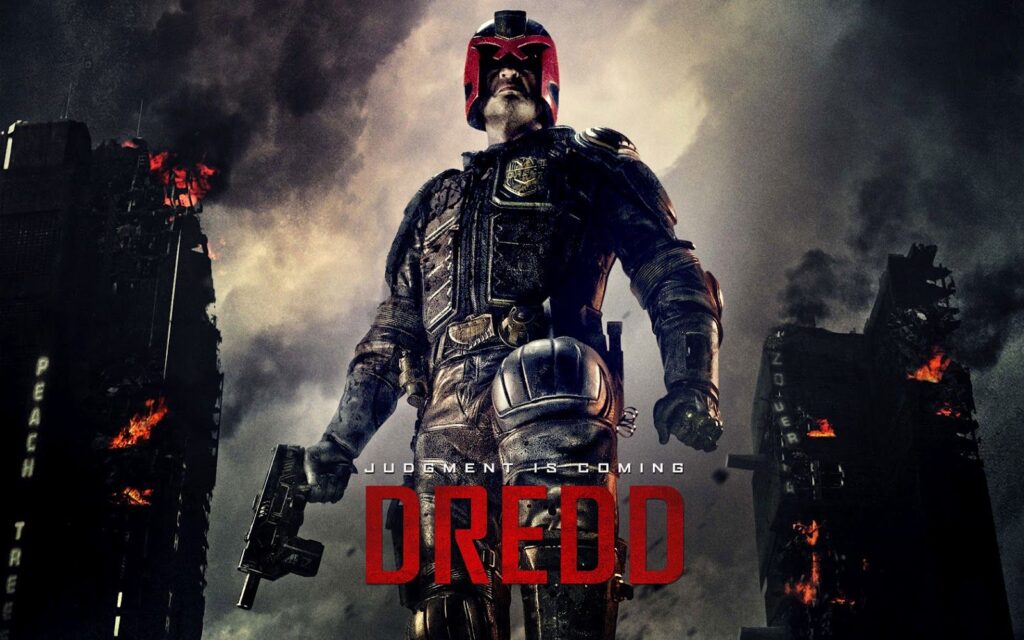
2. Dredd (2012)
When “Dredd” hit theaters in 2012, it was hailed by many fans of the source material for its unflinching dedication to authenticity, particularly in its portrayal of the titular character. Karl Urban, in a move that perfectly honored the source comic, never once removed his helmet during the entire 95-minute runtime. While this was a triumphant decision for purists, it likely confused marketing executives who struggled to sell movie tickets with a recognizable face hidden behind a visor. This commitment to the character’s mysterious appeal extended throughout the film, prioritizing fidelity over conventional Hollywood star power.
Unfortunately, this dedication didn’t translate into box office success. The $50 million production earned a mere $41.5 million globally, cementing its place as one of 2012’s biggest commercial disappointments. Much of the blame for this financial struggle fell squarely on the lingering stigma from 1995’s “Judge Dredd,” where Sylvester Stallone notoriously spent most of the film helmet-less, completely eliminating the character’s essential mysterious appeal and leaving a sour taste in the mouths of many comic book aficionados.
“Dredd” was a grim, brutal, and utterly uncompromising take on the dystopian law enforcer, a stark contrast to the often-lighter superhero fare prevalent at the time. Its dark tone and relentless action, combined with the marketing confusion, meant that general audiences largely overlooked it. Yet, in the years since its release, “Dredd” has garnered a fierce cult following, appreciated for its gritty realism, strong performances, and, yes, that absolutely perfect adherence to the spirit of the comic. It’s a prime example of a film being too authentic for its own good at the time of its release.
Read more about: 15 R-Rated Action Movies Straight Outta Comics
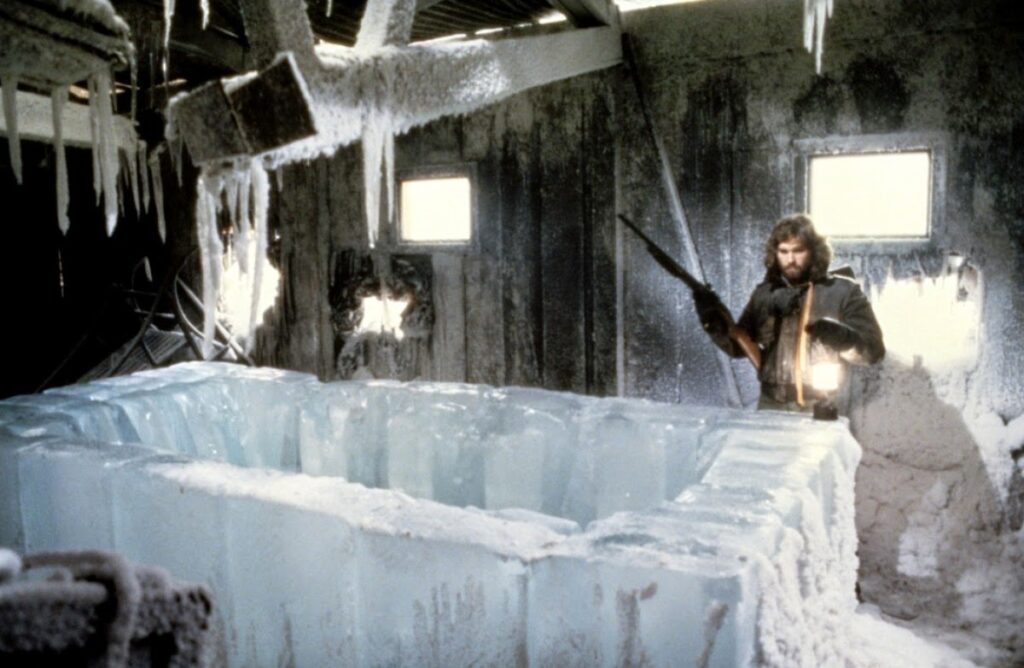
3. The Thing (1982)
John Carpenter’s “The Thing” is now widely celebrated as a masterwork of sci-fi horror, a chilling exploration of mistrust and paranoia. However, upon its release in summer 1982, it crashed spectacularly at the box office, earning only $19.6 million. The film’s practical effects, ingeniously created by Rob Bottin, were so disturbingly realistic that they proved too much for contemporary audiences, with reports of people literally walking out of theaters, unable to stomach the grotesque body horror.
Adding insult to injury, the timing for “The Thing” couldn’t have been worse. It opened the very same weekend as Steven Spielberg’s “E.T. the Extra-Terrestrial,” a film that represented everything Carpenter’s masterpiece wasn’t—warm, optimistic, and family-friendly. “The Thing” was cold, nihilistic, and brutally violent, a stark contrast that audiences, perhaps seeking comfort in the summer of ’82, actively recoiled from. Critics, too, were largely unappreciative, infamously calling it “a great barf-bag movie,” completely misunderstanding Carpenter’s brilliant Cold War allegory about the breakdown of human trust and the existential terror of the unknown.
But horror fans, as they often do, knew better. By the 1990s, thanks to VHS rentals and late-night TV screenings, “The Thing” began to gather a fervent cult following. Today, it is consistently ranked among the best horror films ever made, with its masterful atmosphere of distrust and isolation, combined with Bottin’s groundbreaking creature effects, creating something truly terrifying and influential. Its themes and visual language are now visible in everything from modern horror cinema to popular video games like “Among Us,” proving that some films simply need time for the world to catch up to their chilling brilliance.
Read more about: Beyond the Limelight: 14 Celebrities Who Secretly Traded Stardom for Espionage – You Won’t Believe These Double Lives!

4. Jennifer’s Body (2009)
Diablo Cody’s “Jennifer’s Body” is a film that was truly a victim of its own marketing. The campaign for its 2009 release was, frankly, a masterclass in missing the point. Instead of highlighting Cody’s razor-sharp feminist commentary on male toxicity and female friendship, the marketing focused almost entirely on Megan Fox’s desirability, reducing the film to a generic supernatural thriller in its trailers and advertisements. This egregious misrepresentation set audience expectations entirely incorrectly, leading many to dismiss a nuanced and clever piece of genre filmmaking.
Against its $16 million budget, the film managed to collect only $31.6 million globally, a modest return that barely covered its costs and certainly didn’t reflect its artistic ambition. What people initially failed to recognize was that Cody had crafted a brilliant metaphor about the literal consumption of female bodies, wrapped cunningly in the appealing package of a demon possession story. It was a subversive, witty, and often uncomfortable exploration of teenage girlhood, identity, and the predatory gaze.
In the years since its release, “Jennifer’s Body” has undergone a significant critical re-evaluation, rightfully earning its place as a cult classic. Viewers, free from the constraints of misleading marketing and able to approach the film with fresh eyes, have come to appreciate its intelligence, its genuine horror, and its timely feminist themes. It stands today as a powerful example of a film whose true depth was initially obscured by shallow promotion, only to be discovered and celebrated by a generation ready to engage with its complex message.
Read more about: Seriously, Watch These: 13 Underappreciated Movies That Were Actually Great
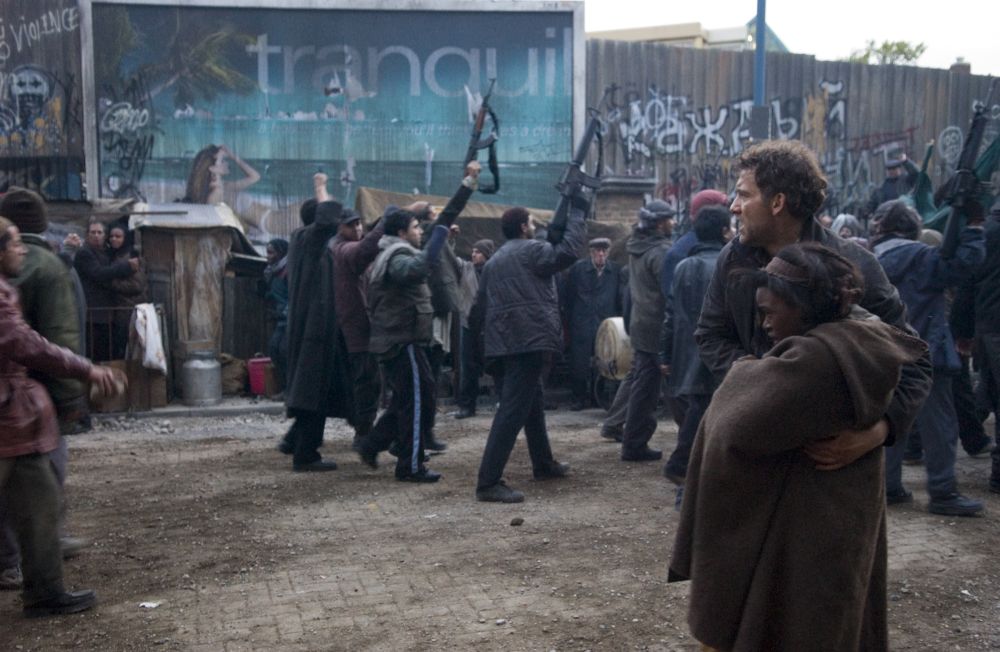
5. Children Of Men (2006)
Alfonso Cuaron’s “Children of Men” is undeniably a dystopian masterpiece, featuring some of cinema’s most technically stunning long takes, including a breathtaking six-minute single-shot car ambush that famously required months of planning and custom-built camera rigs. The problem wasn’t quality, which was self-evident, but rather accessibility. “Children of Men” presents an unrelentingly bleak vision of humanity’s future, set in a world where women have mysteriously stopped giving birth, pushing society to the brink of collapse.
Audiences, confronted with such an intense and hopeless narrative, found the film’s vision emotionally exhausting during its initial run. Despite its critical recognition as a profound meditation on faith, immigration, and societal collapse, the film earned only $69.6 million worldwide against its $76 million budget. Its grim, documentary-style approach and lack of conventional Hollywood escapism likely deterred many who sought entertainment rather than a mirror reflecting potential future anxieties.
However, “Children of Men” has aged like fine wine, with its prescient themes about refugee crises, authoritarian governments, and environmental decay only growing more relevant with each passing year. Its single-take shots and thought-provoking narrative eventually earned its respect, gathering a cult following as more people found its depiction of modern society relatable and profoundly impactful. Today, it stands as a testament to cinema’s power to not just entertain, but to reflect and even foretell societal challenges, a film that the world, unfortunately, became more ready for as its predictions started to feel less like fiction and more like reality.
Read more about: Beyond the Credits: Ranking the 14 Most Satisfying Villain Deaths in Cinema History

6. Punch-Drunk Love (2002)
When Paul Thomas Anderson’s “Punch-Drunk Love” premiered in 2002, it delivered an Adam Sandler that audiences simply weren’t prepared for. “I have a love in my life that makes me stronger than anything you can imagine”—this wasn’t the goofy, slapstick comedian fans had come to expect from “Billy Madison” or “Happy Gilmore.” Instead, they encountered a deeply psychological romance, a raw exploration of loneliness, rage, and the unexpected tenderness that can blossom amidst chaos. This dramatic pivot left many fans confused, expecting laughs and instead finding profound emotional vulnerability.
The film’s marketing was an absolute disaster, stemming from what was an impossible positioning challenge: how do you sell an Adam Sandler movie that’s actually about emotional vulnerability and mental health? The studio struggled to convey the film’s unique tone and Sandler’s remarkably restrained and powerful performance, which was a revelation. Anderson masterfully extracted a genuinely powerful performance from Sandler, proving the comedian could handle serious dramatic material years before “Uncut Gems” showcased his range to a wider audience.
Despite its initial box office struggles and audience bewilderment, “Punch-Drunk Love” has steadily grown in critical stature and fan appreciation. Its unique blend of quirky humor, vibrant cinematography, and a genuinely moving love story has resonated deeply with those who discovered it beyond the initial theatrical run. It’s celebrated today as a bold, artful experiment that dared to redefine what an Adam Sandler movie could be, a true testament to the power of artistic ambition over commercial expectation.
Read more about: The Casting Curse: 12 Actors Who Took On One Role That Forever Changed Their Hollywood Trajectory
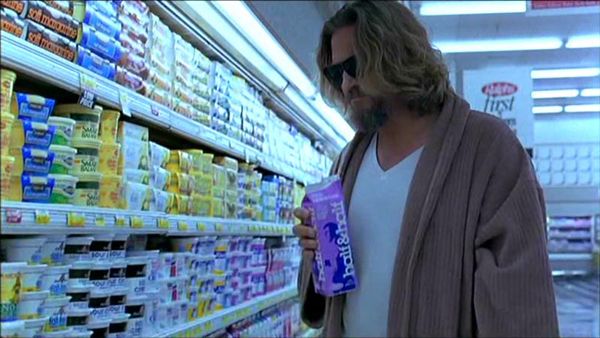
7. The Big Lebowski (1998)
The Coen Brothers, fresh off their Oscar win for “Fargo,” presented “The Big Lebowski” in 1998, a film that audiences initially didn’t quite “abide.” This stoner noir flick only managed to bring in about $17.4 million at the box office, a stark contrast to their previous hit. Critics, too, weren’t particularly kind, often unfavorably comparing it to “Fargo” and struggling to grasp its unique charm. Peter Howell famously wrote, “It’s hard to believe that this is the work of a team that won an Oscar last year,” entirely missing the movie’s deliberate subversion of detective story conventions.
What seemed to many like a meandering, pointless plot was, in fact, a superb deconstruction of film noir tropes, wrapped in a haze of cannabis smoke and laid-back philosophy. The film’s eccentric characters, its quotable dialogue, and its shaggy dog story structure were simply too weird and unconventional for mainstream audiences and critics who were expecting something more straightforward from the acclaimed filmmakers. It challenged traditional narrative structures and celebrated aimlessness, a concept perhaps too abstract for the late 90s.
However, much like The Dude himself, “The Big Lebowski” found its perfect audience on home video, slowly but surely gaining an immense cult following. The Dude’s philosophy of “taking it easy” and “going with the flow” resonated deeply with a generation, transforming the film into a cultural phenomenon. It has not only spawned its own festival, Lebowski Fest in 2002, but incredibly, it also inspired its own religion, “Dudeism,” boasting over 600,000 ordained priests worldwide. This incredible trajectory from critical and commercial indifference to a global cultural touchstone perfectly illustrates how some films just need time to marinate in the collective consciousness before their true genius is recognized.
Having explored the initial box office struggles of seven films that were ahead of their time, we now turn our attention to another seven cinematic treasures that similarly defied immediate popular appeal. These movies, too, were misunderstood upon release, offering unique artistic merits, prescient themes, or groundbreaking styles that audiences and critics weren’t quite prepared to embrace. Yet, like their predecessors, they eventually carved out their deserved place as beloved cult classics and influential works, demonstrating the enduring power of vision that patiently waits for the world to catch up.
Read more about: Chameleons of the Silver Screen: Unpacking the Unparalleled Versatility of 14 Iconic Actors Across Genres
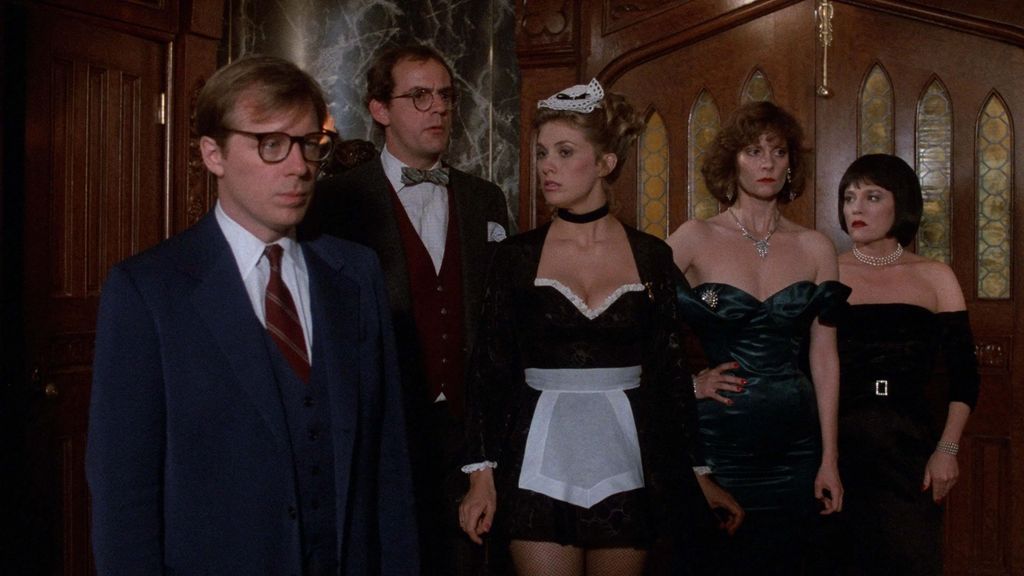
8. Clue (1985)
This board game adaptation, now revered for its wit and charm, faced a peculiar challenge upon its initial release. Paramount Pictures’ bold experiment with multiple endings, where “three different endings were screened simultaneously across different theaters,” proved to be a marketing gimmick that confused everyone in 1985. Moviegoers had no idea which version they’d see, leading to an inconsistent and unsatisfying cinematic experience for many.
The concept was undeniably “decades ahead of its time,” predating an era where social media could have leveraged such a technique into viral marketing gold. Instead, it contributed to the film earning only $14.6 million at the box office, an amount that hardly reflected the brilliance brewing within its meticulously crafted script and performances. Director Jonathan Lynn’s rapid-fire dialogue, inspired by screwball comedies, and its all-star ensemble cast were initially overshadowed by this structural oddity.
On home video, however, “Clue” truly found its footing. Viewers could finally access and appreciate all the endings, allowing the film’s “brilliant wordplay and perfectly timed physical comedy” to shine without the previous confusion. Tim Curry’s portrayal of the butler Wadsworth became nothing short of legendary among comedy fans, solidifying the film’s status as a bona fide cult classic and a masterclass in ensemble comedy.
Read more about: Blast From The Past: 12 Iconic Board Games That Used to DOMINATE Our Game Nights (and Why We Still Love Them!)
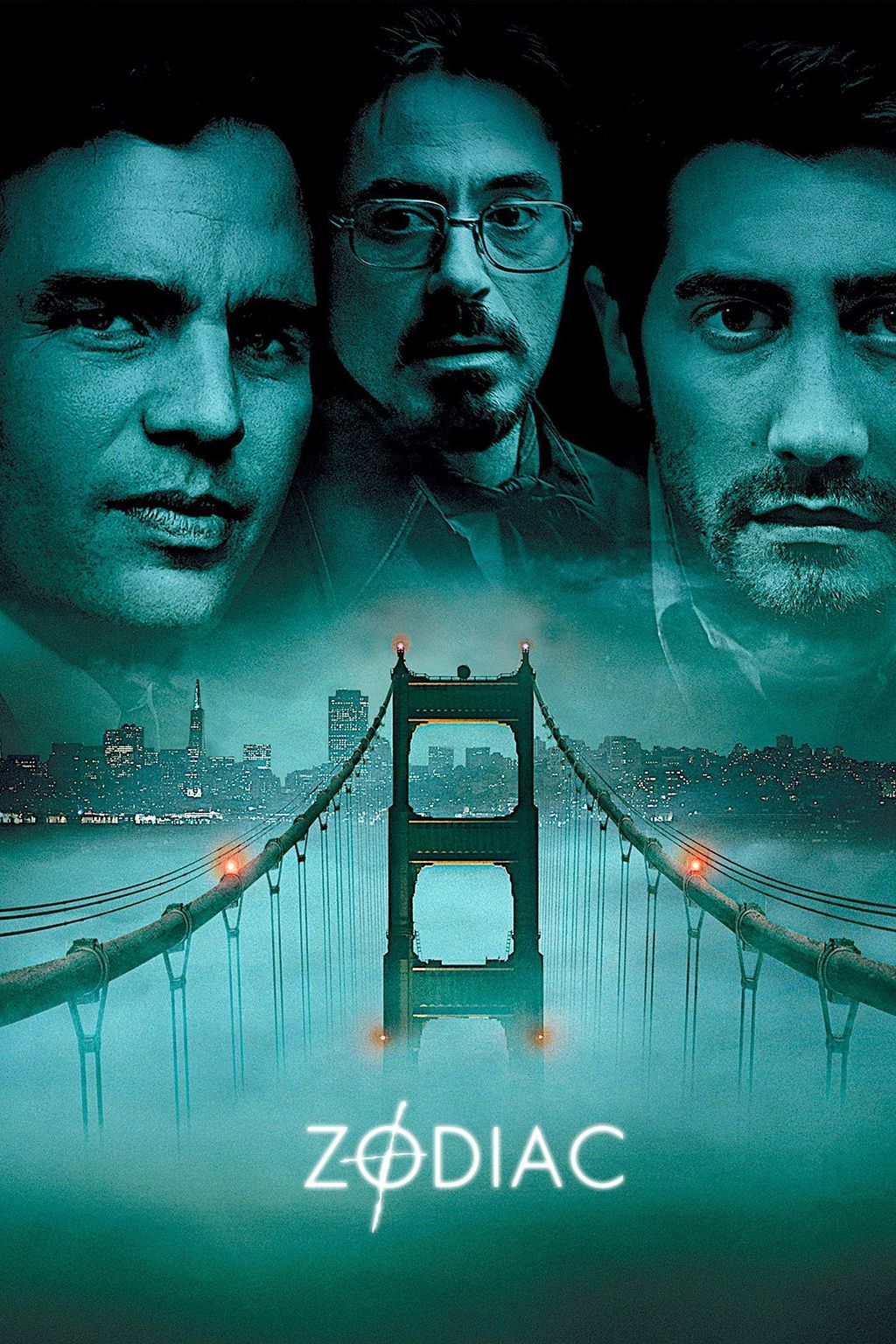
9. Zodiac (2007)
David Fincher, a director known for his meticulous detail, spent over $65 million crafting “Zodiac,” only for Paramount to release it with a March date that often signals a lack of studio confidence. The film’s methodical pacing, which focused on the exhaustive, real-life hunt for the infamous Zodiac Killer, “and lack of resolution frustrated folks expecting a typical serial killer thriller with clear answers and cathartic justice.” It was a deliberate choice that alienated many mainstream viewers.
Instead of a conventional whodunit, “Zodiac” delivered “a meditation on obsession itself, following Jake Gyllenhaal’s cartoonist as he spirals deeper into the unsolved case.” Fincher’s dedication to historical accuracy, recreating the period with chilling precision, and his unflinching exploration of the psychological toll of chasing shadows, proved too much for an audience accustomed to more straightforward genre fare. The film refused to offer easy answers, mirroring the frustrating reality of the cold case.
Despite its initial lukewarm reception, “Zodiac’s reputation has only grown stronger with time.” As viewers became more attuned to its unique narrative approach, they came to appreciate its “authentic portrayal of investigative journalism and the psychological toll of chasing shadows.” Today, it stands as a critically acclaimed masterpiece, admired for its craft, performances, and its unwavering commitment to realism, even if that realism meant a more challenging viewing experience.
Read more about: Hollywood’s Elite: Unveiling the Highest-Grossing Actors and Actresses of Our Time
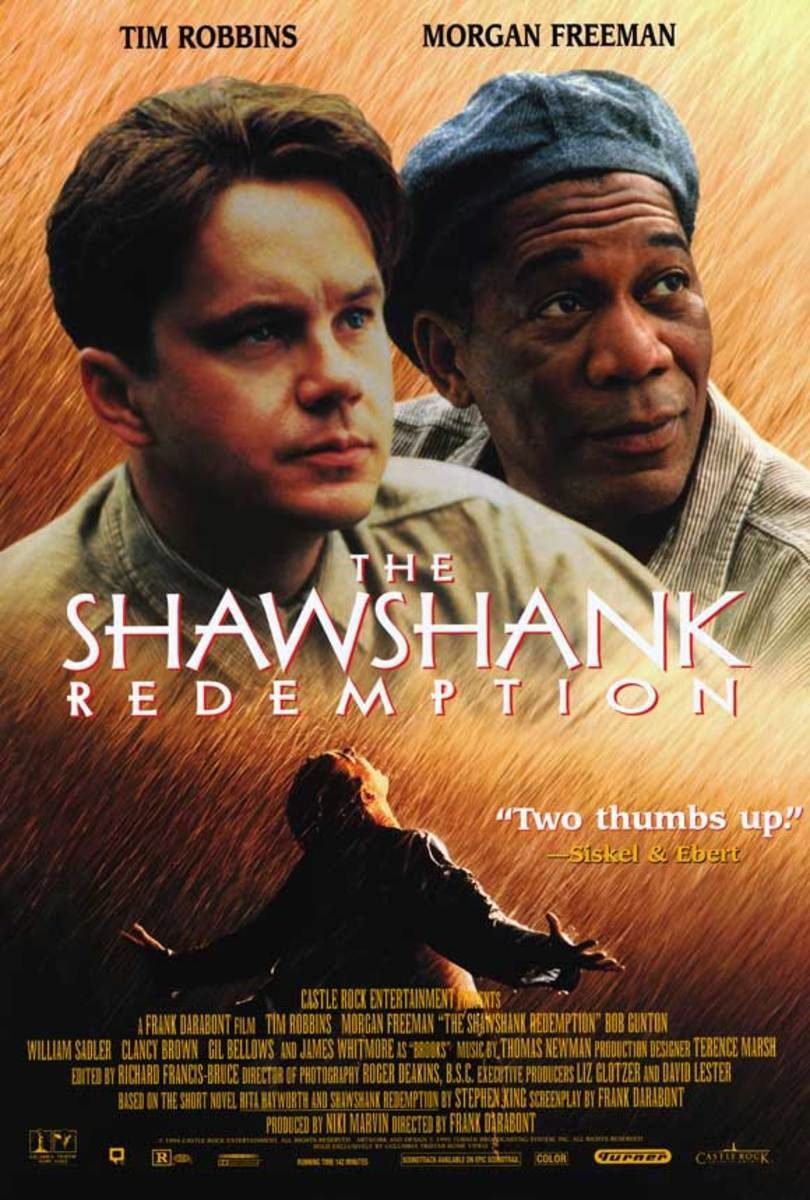
10. The Shawshank Redemption (1994)
Few films have undergone such a dramatic re-evaluation as “The Shawshank Redemption,” now a perennial favorite and often topping ‘greatest films’ lists. Yet, in 1994, it was an undeniable box office disappointment, earning only $16 million during its initial theatrical run against a $25 million budget. A significant hurdle was its enigmatic title; “Nobody knew what a ‘Shawshank’ was,” leading to widespread “title confusion [that] arguably cost the movie millions at the box office.”
Actor Tim Robbins famously joked that people would approach him for years, misremembering the title as “Scrimshaw Reduction” or “Shimmy Shimmy Shake,” highlighting the film’s memorability problem. Adding to its woes, “Castle Rock Entertainment’s prison drama faced stiff competition from Forrest Gump and Pulp Fiction,” two cultural juggernauts that dominated the cinematic landscape of 1994. Despite its “seven Academy Award nominations and widespread critical praise,” audiences simply didn’t flock to theaters.
Its slow burn towards recognition is a testament to the power of word-of-mouth and the home video market. “The Shawshank Redemption” became an absolute phenomenon on VHS and cable television, with its themes of hope, perseverance, and unlikely friendship resonating deeply with millions. Today, its iconic status is undeniable, proving that sometimes the most profound stories take a while to find their way into the collective consciousness, becoming a beloved classic despite an initially inauspicious start.
Read more about: The Ultimate List: 9 Movies with Cinematic Endings That Will Leave You Speechless

11. Office Space (1999)
Mike Judge, the comedic genius behind “Beavis and Butt-Head,” seemed poised for a guaranteed hit with “Office Space,” a satirical comedy about corporate hell featuring a cast that included Jennifer Aniston. However, “20th Century Fox’s $10 million investment returned only $10.8 million domestically,” barely breaking even and initially making it a commercial failure that few talked about in its theatrical run.
The film’s “deadpan humor and realistic portrayal of cubicle life proved too close to home for many, who found watching Peter Gibbons’ existential crisis more depressing than funny.” Audiences, perhaps seeking pure escapism, weren’t ready to laugh at the very drudgery they experienced daily. Fox’s marketing department also struggled immensely, eventually “focusing on Aniston’s presence rather than Judge’s satirical brilliance,” a misstep that failed to capture the film’s true essence.
Years later, however, “Office Space” exploded into a cult phenomenon. As more people entered the workforce and experienced the mundane horrors of corporate bureaucracy, the movie’s observations became painfully relatable. Iconic lines like “I believe you have my stapler” and “That would be great” became ubiquitous office memes, long before the internet truly popularized the concept. It’s now celebrated as a sharp, prescient satire, a triumph of subtle humor that proved its genius would eventually be recognized.
Read more about: The Ultimate List: 9 Movies with Cinematic Endings That Will Leave You Speechless
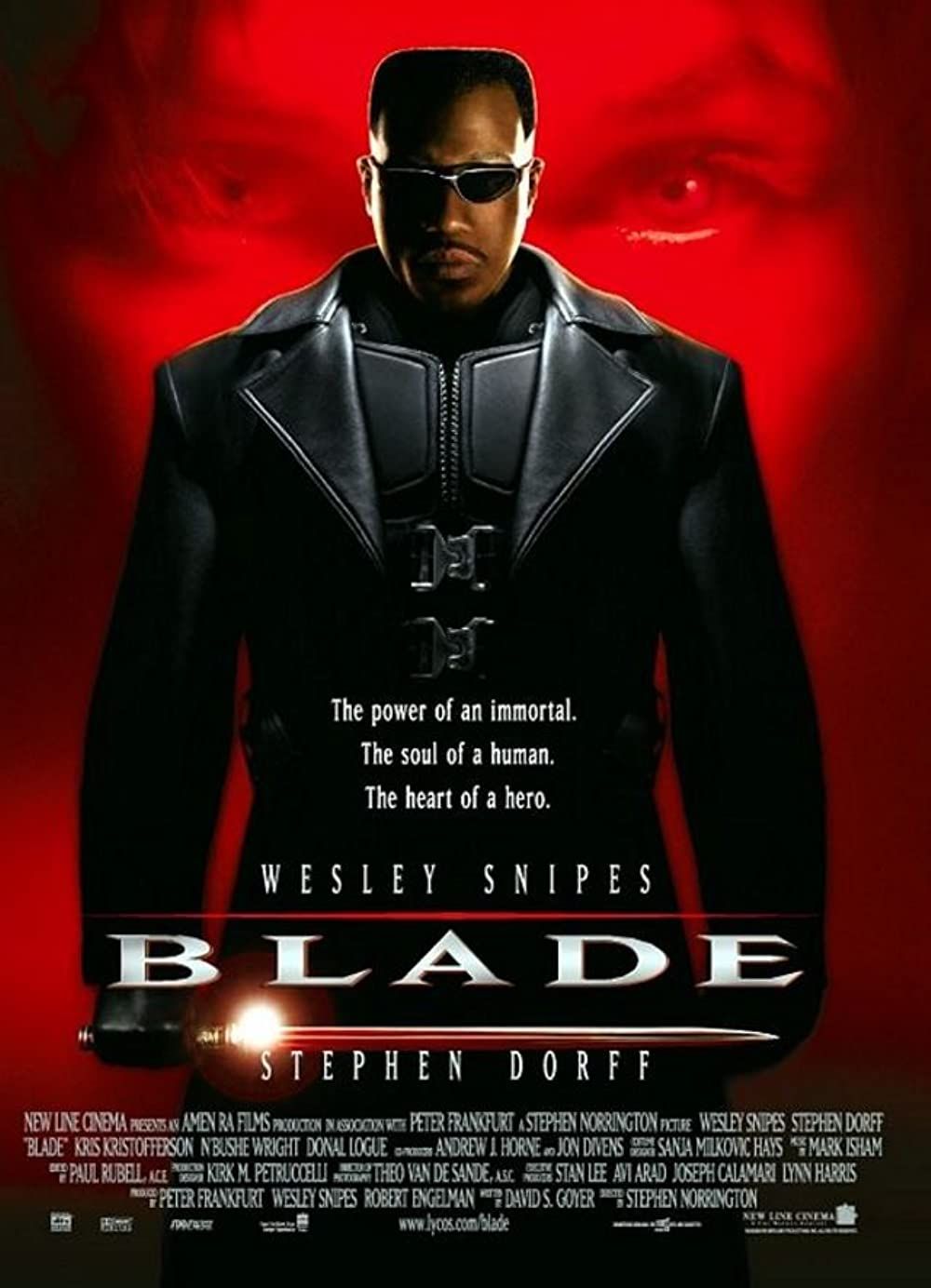
12. Blade Runner (1982)
Ridley Scott’s “Blade Runner” is a seminal work of science fiction, yet its initial theatrical run in 1982 was far from stellar. The film opened with a “disappointing $6,150,002 in its first weekend,” directly competing against the optimistic warmth of Steven Spielberg’s “E.T.” Harrison Ford famously “hated the voice-over narration so much that he deliberately delivered it badly, hoping to sabotage what he considered unnecessary exposition.”
Unfortunately, his plan backfired, as “Scott’s deliberate pacing and philosophical questions about artificial consciousness proved too cerebral” for mainstream audiences of the time. “Critics were divided, some calling it a visual masterpiece while others complained about its slow pace.” Viewers were often “baffled by its ambiguous ending and uncertain whether Deckard himself was a replicant,” a narrative choice that left many feeling unsatisfied rather than intrigued.
However, “Blade Runner’s influence on cyberpunk aesthetics and science fiction cinema became apparent only years later.” The numerous “multiple cuts—theatrical, director’s, final—became legendary among cinephiles,” each offering a deeper dive into Scott’s dystopian vision. Today, “it’s impossible to imagine the genre without Blade Runner’s influence,” a film that meticulously crafted “a blueprint for countless sci-fi films” through its stunning visuals and haunting score.
Read more about: The Untamed Spirit: 14 Actors Who Forged the Soul of ’70s and ’80s Action Cinema
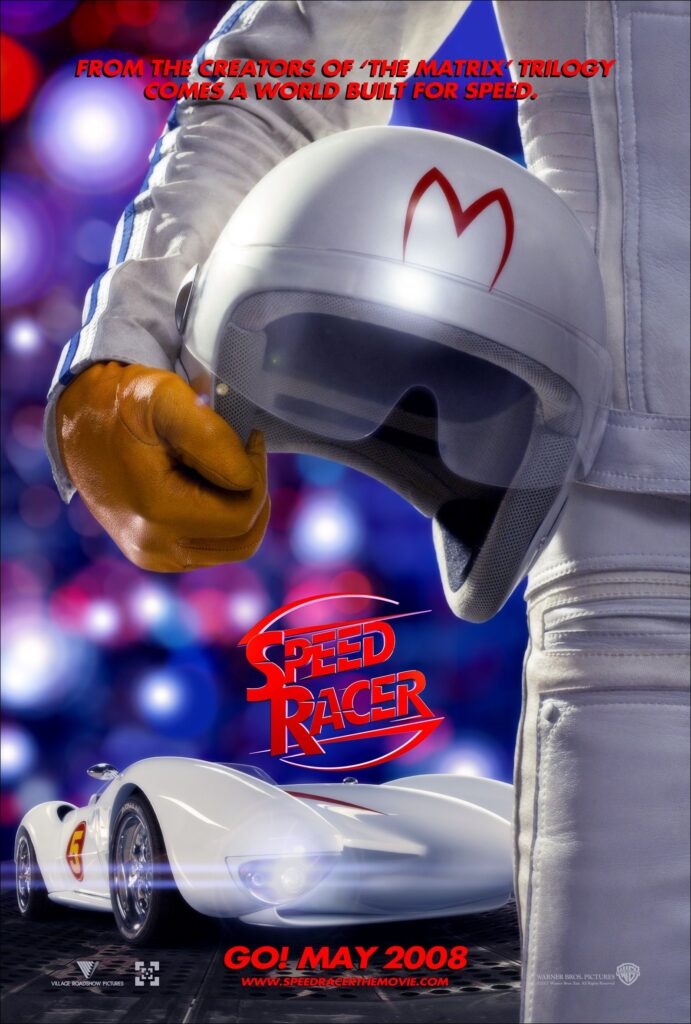
13. Speed Racer (2008)
Coming off the monumental success of “The Matrix” trilogy, the Wachowski siblings’ live-action adaptation of “Speed Racer” was met with sky-high expectations. Despite its lavish “$120 million budget and amazing visual effects,” the film grossed a mere “$93.9 million worldwide,” making it a significant box office bomb and leaving many scratching their heads.
The film’s “hyper-stylized visual approach, with its candy-colored palette and video game aesthetics, was too overwhelming for mainstream audiences.” Critics were quick to dismiss it as “all style, no substance,” entirely missing the point that “Speed Racer was, in fact, a deliberate homage to anime aesthetics and Saturday morning cartoons.” Marketing confusion further compounded the problem, as it “tried to appeal excessively to both nostalgic adults and children [but] ultimately alienated both groups.”
Yet, over time, “the film’s unique visual language and its celebration of family values within a psychedelic racing world gained appreciation.” What was initially perceived as sensory overload gradually came to be understood as a groundbreaking artistic choice, paving the way for visually ambitious films that followed. “Its influence on later visually ambitious films and its status as a misunderstood masterpiece of digital filmmaking has grown significantly,” proving that true innovation often needs time to be properly seen.
Read more about: 12 Roaring Muscle Car Memories That Will Burn Rubber in Your Brain Forever
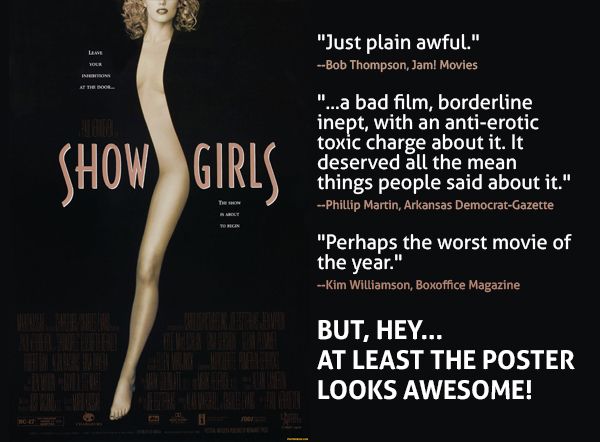
14. Showgirls (1995)
Paul Verhoeven, a director with a track record for delivering biting satire wrapped in genre entertainment like “RoboCop” and “Total Recall,” unleashed “Showgirls,” an NC-17 rated epic that was almost universally reviled upon release. Earning only “$37.8 million worldwide,” it was a critical disaster, with Verhoeven even receiving a Razzie for Worst Director, and “dismissed as exploitative trash.”
Elizabeth Berkley’s “powerhouse performance as Nomi Malone was ridiculed for its intensity,” and reviewers “overlooked Verhoeven’s deliberate critique of American capitalism and female ambition.” The film’s excessive nudity, violence, and “camp aesthetic and over-the-top dialogue were intentional choices,” designed to provoke and satirize. However, audiences and critics “took everything at face value,” failing to grasp Verhoeven’s deeper, subversive intentions.
But as is often the case with films ahead of their time, a re-evaluation began on home video. Audiences started to appreciate the “film’s campy excess and satirical edge.” The debate of whether Verhoeven intended it as high camp or serious drama became less important as viewers embraced its “so-bad-it’s-good appeal.” “Showgirls” has developed a devoted fanbase, transforming from a ridiculed flop into a celebrated cult classic, a testament to its unique, if initially misunderstood, artistic vision.
Read more about: From Cult Classics to Cringe-Fests: Revisiting 15 Unforgettable Acting Performances That Missed the Mark
These films underscore a fundamental truth about cinema: the immediate box office receipt is rarely the final word on a movie’s worth. The journey from initial commercial disappointment to eventual cult classic status is often paved with audacious artistic choices, prescient themes, and a willingness to challenge audience expectations. These stories remind us that true greatness, much like a fine wine, often just needs a little time to mature, finding its audience when the world is finally ready to appreciate its unique flavor. They dared to be different, and for that, they are now cherished.


